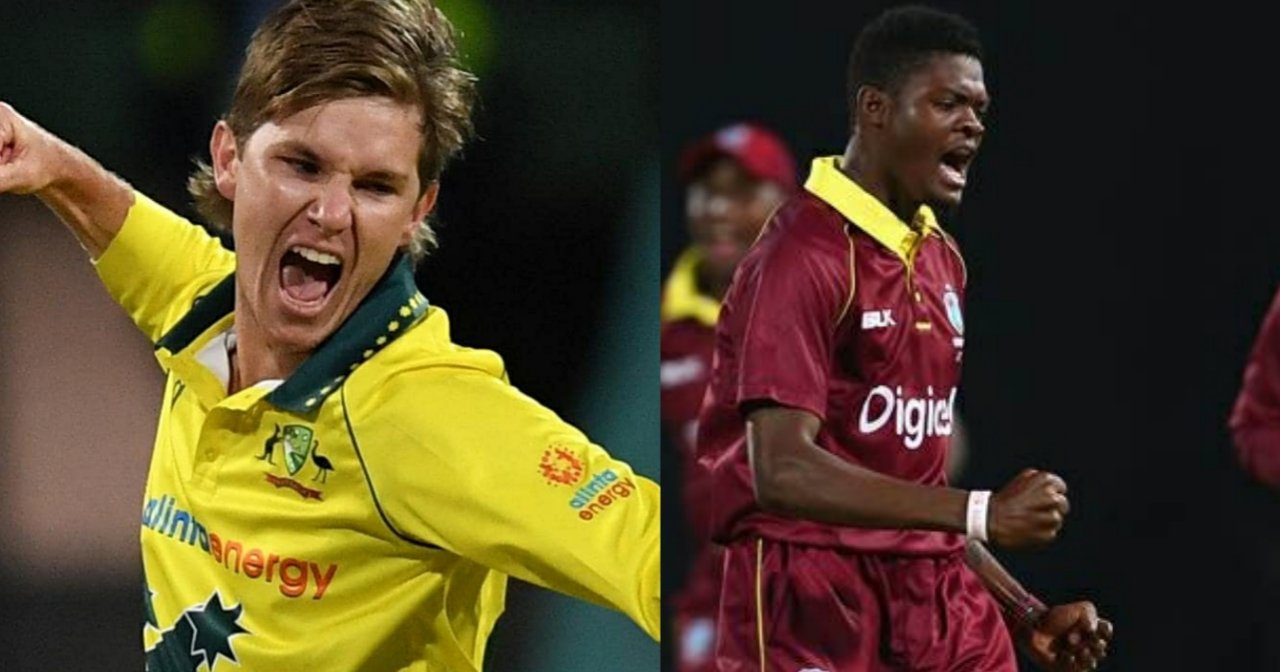
If we look back at the entire history of International Cricket, then Australia has been the most dominant team in the World. This dominant run has been possible because of the multitude of legends that this cricketing power has produced. A significant number of these legends to have played for Australia were left-handers. Great players like Allan Border, Adam Gilchrist, Matthew Hayden, Justin Langer, Brad Hogg, Mitchell Johnson were all left-handers. So we have come with an interesting all-time XI of Australia where we have omitted these left-handed legends and made an all-time XI of Australian right-handers.
All-time XI of Australian right-handers:
Openers:
A major portion of the Australian openers comprises left-handers. Since the likes of Matthew Hayden, Adam Gilchrist, and David Warner are out of the equation for this XI, the most fitting openers for this all-time XI of Australian right-handers are David Boon and Shane Watson.
David Boon is the 6th highest run-scorer of all-time for Australia among right-handers in both Test Cricket and ODIs. As an opener, David Boon has eight test centuries and five ODI centuries under his belt. Boon’s playing style is a bit conservative, making Shane Watson a perfect partner for him.
Shane Watson opened in 29 Tests for Australia and averaged 40.98 out of them. With 15 half-centuries and two centuries, he amassed 2049 runs in these 29 appearances. He shined even more in ODIs. Watson has seven International centuries and has scored 3882 runs averaging over 45 from 95 opening ventures. Apart from his batting, he had also proved himself to be a wicket-taking bowling option time and again.
Middle-order:
Australia may have produced more left-handed opening legends, but when it comes to middle-order batters they have plenty of right-handers to look at.
It is impossible to talk about the Australian middle-order and not mention Ricky Ponting. Ponting is the highest run-scorer for Australia in both Test Cricket and ODIs. Having scored over 13,000 runs in both Test Cricket and ODIs and smashed as many as 71 International centuries, there is no point leaving him out of this XI.
Ponting’s best comes out while batting at number three. Out of his 71 International centuries, 60 came while batting at number three. With four ICC trophies as a captain, Ponting is also the perfect candidate to lead this XI.
Moving to the second middle-order batter, the Australian representative in the fab-four is next in line. Steve Smith has an average of over 61 in tests and 43.34 in ODIs. A unique and unorthodox technique and the zeal to remain unbeaten makes him a perfect number four.
Michael Clarke is our third middle-order batter for this all-time XI. Much like Smith and Ponting, Clarke is also an all-format batter. He stands 4th in the list of highest run-getters for Australia in both Tests and ODIs. He also provides the flexibility of switching between number five and six and a part-time spin-bowling option.
Now, as this XI includes only right-handers, we need a wicketkeeper other than Adam Gilchrist. Ian Healy can be a choice, but Brad Haddin beats the Australian legend’s batting average in both ODIs and Tests with a significant margin. Haddin also evens Healy’s four test centuries and beats him two to nil in ODI centuries. Apart from his batting, Haddin also has 181 ODI and 270 Test dismissals as a wicketkeeper making him an ideal choice for glove work in this XI.
All-rounders:
We already have Shane Watson as an all-rounder in this XI. But as he will open the innings for this team, we need one down the order too. That’s where the legend Steve Waugh comes in. With over 10,000 Test runs, over 7500 ODI runs, 92 Test wickets, and 195 ODI wickets, no one even remotely comes close to compete with Steve Waugh as an all-rounder.
Steve Waugh also provides the flexibility to bat anywhere between the upper middle-order to the lower middle-order. With Clarke and Haddin also comfortable batting in more than one position, this lineup becomes strong yet flexible. This allows a batting lineup that can adjust according to both ODI and Test formats.
Bowlers:
Coming to bowlers, the first in line is Australia’s best pacer of all time, Glenn McGrath. McGrath is the joint highest wicket-taker for Australia in ODIs with 380 wickets. He is also the second-highest wicket-taker for Australia in Tests with 563 victims. McGrath ended his career with bowling averages of 21.64 in Tests and 21.98 in ODIs making him the first choice bowler for this XI.
Now, as I mentioned above that McGrath is the joint highest wicket-taker for Australia in ODIs. So it would be ridiculous not to include the co-holder of this record in this XI. Therefore Brett Lee gets to be the second pacer in this all-time XI of Australian right-handers. Apart from his 380 ODI wickets, Lee also took 310 wickets in Tests.
After adding two primary pacers and two pace bowling all-rounders, this XI needs a spinner. The obvious choice for this role is the highest wicket-taker for Australia in Tests, Shane Warne. Warne has 291 ODI wickets and 708 Test wickets in his portfolio. His trickery with the bowl induces magic that no other Australian spinner has ever been able to emulate.
The final addition to this XI comes in the form of Dennis Lillee. Lillee’s zeal to get wickets helped him claim 355 Test wickets from just 70 Test matches. He was equally good in ODIs as well. Lillee played 63 ODIs and managed to take 103 wickets with an impressive bowling average of 20.82. His inclusion wraps up this deadly pace attack with the addition of a legendary spinner and a part-time spinner.



